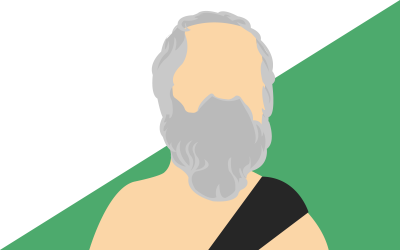In the following post, we will go together to understand why if you had been a Dutch citizen at the time of the 1600s during the period known as the “Tulip Bubble,” you would have had to buy roses. But first of all, let’s take a step back in history, going back to the distant seventeenth century.
What is the “Tulip Bubble”?
The tulip bubble is the first big speculative bubble to burst in the seventeenth century in the Netherlands. The peculiarity of this bubble is that it has the bulbs of a flower as protagonists. This event is linked to the fact that during the second half of 1500, Europe began to import tulip bulbs from Turkey, and Holland proposed itself as a promoter of their diffusion. The tulip thus began to become popular and highly sought after. Even the rarest varieties began to be considered “luxury goods,” thus unleashing a competition between the different souls of the bourgeoisie, which traders rode promptly.
The “tulip mania” of the bourgeoisie soon led to a situation of market imbalance. The demand for tulips far exceeded the supply due to the slow production cycle of flowers, leading to a continuous push in prices rise. The tulip rush even led people to book the bulbs “in the ground” in advance with growers even before flowering, through the organization of auctions based on the stipulation of contracts with ex-ante fixed prices and payment on maturity, which took the name of “tulip futures contract.” Prices then began to take a trend wholly disconnected from reality, generating a speculative “bubble” that culminated on February 5th, 1637, with the Alkmaar auction during which a tulip bulb was paid as much as a house.
Suddenly, sometime after that, the news spread of a deserted tulip auction turned the tulip fever into panic: the demand for bulbs collapsed compared to the sales offer.
That led to the collapse of the tulip market and the cessation of trading. However, those who had bought the bulbs by entering into futures contracts found themselves contractually forced to pay them at a high and absurd figure since the bulbs were almost worth nothing.
Competitive strategies: why is differentiation crucial?
When the price exceeds a certain threshold in a speculative bubble, it is no longer worthwhile to buy that particular thing. This concept refers to purchases. How does it work for sales? Usually, when there seems to be an attractive market, everyone goes into it and sells the same thing. However, this is not a particularly smart move because it generates and increases competition in the market in question, sparking a struggle to lower prices to survive in the market. That implies, on the one hand, a lower margin and, on the other hand, the fact that there will always be someone able to sell at a lower price, and it is challenging to conquer the market. In the economic theory, that is known as the “red ocean.”
In the book ” Blue Ocean Strategy: Winning Without Competing ” published in 2005 by authors W. Chan Kim and Renée Mauborgne, it is instead pointed out that ” The best way to beat the competition is to stop trying to beat the competition “.
So instead of operating in already saturated and highly competitive markets (red ocean), we must instead try to differentiate ourselves to conquer an unused market space where competition is not yet present (blue ocean).
What do roses have to do with it?
Roses, therefore, represent our blue ocean. That means changing the mindset, overcoming “traditional,” and instead of launching into new unexplored territories. The risk is high, it goes against the tide, but it opens up its own unexplored space in which it will be possible (at least initially) to act without competition. So if everyone is selling tulips, why should you sell tulips too when you can sell roses? For this strategy to be successful, however, it is necessary to make the product perceive in the consumer’s mind as attractive and essential: it is essential to trigger a new need in them, to implant an idea.
If you want to deepen this concept and understand how to implant an idea in the minds of consumers, read the post “Why is Christopher Nolan’s Inception a 148-minute marketing manual?”.
For further information, contact us by filling in the following form.
Or click here to return to our Blog index if you want to read another Vehnta post: Other posts.






